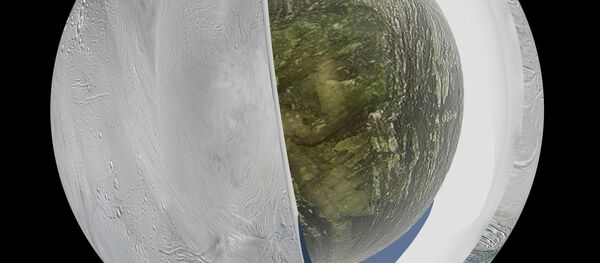With funding from NASA, an international team at the Space Sciences Laboratory at University of California, Berkeley, has developed computer modeling to predict the onset of a kind of coronal mass ejection (CME) — high-energy waves of super-charged particles frequently ejected from the sun that could potentially do great damage on Earth, according to Science Daily.
CMEs occur about every three to five days, and come in several flavors, according to the most recent research. The most visible, and most dangerous, are preceded by solar flares — bright flashes of visible light detected on the surface of the sun. Their direction and mass can be measured. But another form of CME, dubbed a "stealth CME," travels much more slowly and is not preceded by any form of detectable solar surface reaction.
Stealth CMEs typically travel outward from the sun at between 240 and 435 miles per second. Their more well-studied brethren, the normal CMEs often visibly detectable by an advance solar flare, travel much faster, at some 1,800 miles per second.
Understanding the cause and incidence of these solar events helps Earthbound space agencies, including the National Oceanic and Atmospheric Administration (NOAA), safeguard networks and develop defenses from the resulting CME-induced geomagnetic storms in Earth's atmosphere.
Unlike normal CMEs, stealth CMEs are thought to be a result of the differential rotation of the sun — the effect of equatorial regions of a celestial body spinning faster than the poles — causing the solar electromagnetic field to slowly twist out of shape and, every two weeks or so, flex into itself, resulting in a large section tearing itself away from the central body.
These stealth CMEs happen without warning, and they have the potential to do plenty of damage, as their arrival cannot be projected and so preparatory safeguards cannot be taken.



